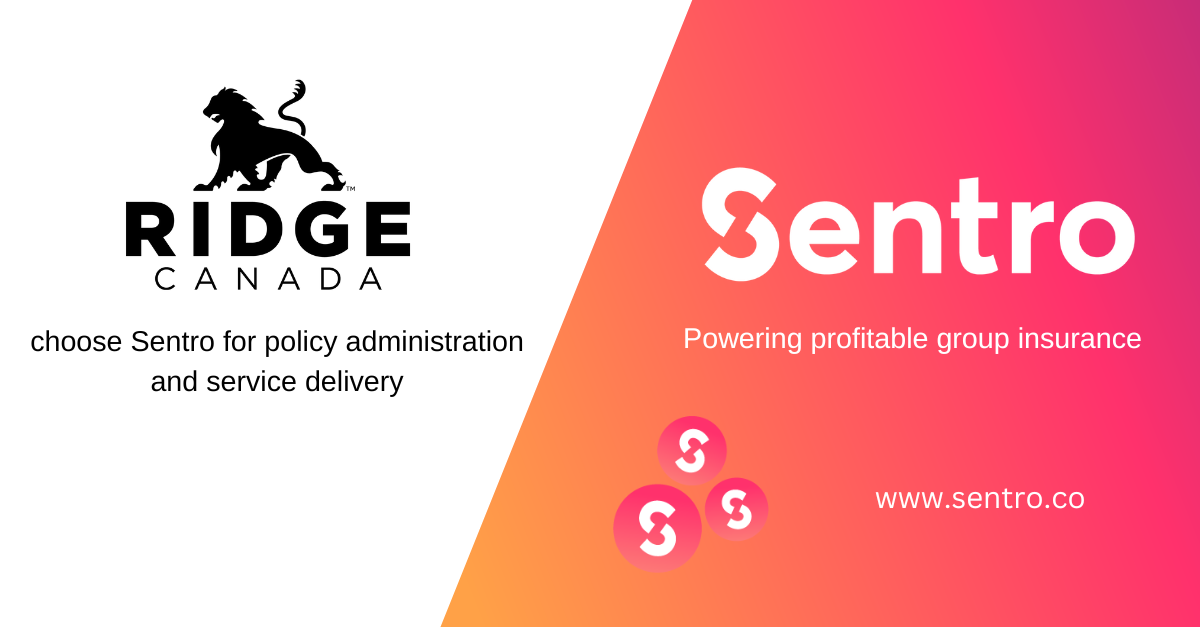Services costs - the project killer
You may be thinking about modernizing your group policy administration system (PAS), or bringing group policy administration processing in-house. If you are using a third-party administrator (TPA), you may not have a lot of experience implementing and running new systems.
Novarica research shows that mid-market insurers often spend multi-million dollars on PAS system implementations. You can avoid some common cost-blowout mistakes when you better understand the elements of systems project costs, and ongoing operational costs.
Why PAS systems are like sports stadiums - it's about cost of ownership, not the construction cost
In the 1990s, I managed IT for the Toronto Blue Jays. We had just moved into a brand new stadium - the first stadium in the world with a retractable roof. It cost 570 million dollars to build. Not long after I started, I was speaking with one of the execs from stadium operations. He told me that the stadium needed to run 250 paid event days a *year*, just to break even. That's because the ongoing costs of operations, maintenance and upkeep were quite high, even for a new stadium. The taxpayers were focused on the price tag of the build, but they didn't really understand the costs relating to ongoing operation.
Systems are kind of like that. Purchasers often focus exclusively on 'the cost of the stadium' - the licensing cost of the software (and associated hardware if required). In doing so, they underestimate the 'cost of opening the stadium for the first time' (in systems projects, setup, configuration, data migration, testing and training costs) and also the 'cost of running the stadium' (ongoing software and hardware maintenance costs, technical training, cost of making changes etc).
When you consider that you'll likely be running your chosen platform for 5 years or more, you want to look at your implementation and running costs across that whole time horizon.
Where cost blowouts usually happen
Projects generally get out of control or fail for some common reasons. But every good project manager will manage three key things:
- Scope (the objectives of the project - the product or function that the project must deliver)
- Resources (money and/or people that will be needed to deliver the scope)
- Time (when the project must be completed)
Good project managers are problem-solvers, truth-tellers and realists. When the executive says 'we need to launch a new product next week, but we can't afford to spend anything to build it' the project manager often has the task of showing why that is unrealistic. Once scope, resourcing and time are agreed, the project manager has agreed success parameters to manage.
In PAS system implementations, if you are selecting a commercial software platform like Sentro, much of your scope will be determined by the capabilities of the platform you select. The software does certain things, and you can assess how closely that meets your needs. The skill and knowledge of the people who implement it help you realize your project goals.
One common mistake we see is trying to cram too much into the initial project scope. They try to address every conceivable business issue at the same time, in one gigantic change project. This perhaps reflects a past for insurers where they wrote their own systems, and they really only had one big shot to 'get it right'. In today's world of SaaS-based cloud software like Sentro, this 'mega-project' approach isn't needed. Your vendor will be continuously improving their platform. You can configure and use the functionality that delivers the most value quickly, and enjoy ongoing improvements that your vendor provides.
Services costs - where they come from
In PAS implementation projects, these are 'costs of opening the stadium for the first time'. You need to set the system up with your products, services and branding. You need to train your people how to use it. You may need to migrate existing policies and data. You many need to connect the system to other business systems or processes. You many need to educate your customer and partners about new processes.
Doing these things involves people, either your own, or provided by your vendor. Costs are a product of the daily cost of the person, multiplied by the time they need to complete the work. Generally - the shorter you can keep an implementation project, the less costly it will be.
Your choice of platform and understanding what it will take to get it operational can really influence these services costs - in good and bad ways.
Here are some good questions to ask your prospective PAS vendor:
Do I need to install or pay for any computer hardware to run it?
I'm reflecting a bias here, but as a former CIO and now as a supplier of software, I think owning and running computer servers and hardware infrastructure today is completely nuts. There are a number of global and credible suppliers of cloud computing infrastructure. If your PAS vendor says they need to install on your on-premises servers for their product to work, find another vendor. Every prospective customer we speak with wants to run their PAS system in the cloud. They are right. If your PAS vendor says 'we're moving to the cloud' that means they aren't there yet, and you'll be paying more for operational infrastructure. Operating hardware is a money-pit for services costs - patching operating systems, updating security holes, ensuring software compatibility....if you are an insurance company, this is not core business for you.
How do I set up products, policies, portals and branding? Can I configure it, or does someone have to write software code?
If you have to write code to set up portals, policies, branding or data models, this is expensive software development effort - generally over $1000 per developer day. That adds up incredibly quickly, and creates immediate technical debt in your installation. Look for group admin platforms where these items can be configured via super-administrator screens.
Can I easily offer different plans and pricing to different customers? How much effort does it take to offer something different to a new customer or partner?
A group PAS might be good at running a basic set of products and plans - but most group insurers need to be able to offer variations to different customers. Does your chosen PAS let you do this easily? If not, your cost of servicing new customers will be high.
Is your technical architecture modern? Is your system designed for cloud? Do you make it easy to integrate with other systems?
Sentro is pure cloud-native software, built on the Microsoft Azure cloud platform, with Application Programming Interfaces (APIs) around all functionality, and an ability to extend the data model. Competitor systems or TPAs may not have these modern architectural capabilities. If systems do not have these capabilities, expect your costs of operation and cost of change to be higher over time.
How long does your system take to implement? What does a project team look like? How much help will you give us?
Mid-market insurers using a TPA may have limited in-house IT and project delivery resources. Does your vendor do a lot of the work for you? Can the system be configured and immediately used, or does a technical team need to set things up? Your vendor should be able to tell you what they can deliver 'out of the box', and what would need additional development. It is worth reviewing your business processes, and adapt them to use as much delivered functionality as possible.
Keeping your vendors honest
If your vendor is publicly-listed, have a look at how they earn money. What percentage of their income is earned by services, versus how much is earned by licensing? If the vendor makes a lot of their revenue in services, that's a pretty good clue that your implementation will have a lot of services-related costs, and probably take a long time to implement. Likewise, if your chosen solution requires an expensive management consultancy to implement it, expect a large services price tag.
Is it all worth it?
In group insurance, having greater control of the product, customer and insured experience isn't a nice to have - it is table stakes to stay competitive. You need to be able to offer a tailored experience. The question becomes - how do you best achieve that?
We think it means selecting a platform and a partner you can trust. One who lives and breathes group business - not a P&C vendor who 'sort of does group'. One who understands how group business works and understands your business goals and challenges. A partner who is willing to walk the journey with you.
We have decades of experience implementing projects.
We have applied those decades of systems and project experience to making Sentro the easiest to deploy, easiest to update group policy admin platform on the market. We know that mid-market group insurers need straightforward implementation, value for money, and fast results. They need a partner that understands their business priorities, and will walk the talk to get the job done.
If you'd like to pick our brains about successful system implementations, we'd love share our experience with you.
You May Also Like
These Related Stories

Mergers and Acquisitions - why core insurance systems matter
)%20(600%20%C3%97%20300%20px).png)
In group insurance, the status quo isn't free
